Butler University
Introduction
Text-to-speech Audio
Images
The bell tower within Holcomb Gardens
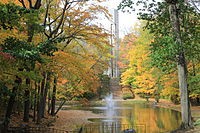
Holcomb Observatory and Planetarium, home to the largest telescope in the state of Indiana
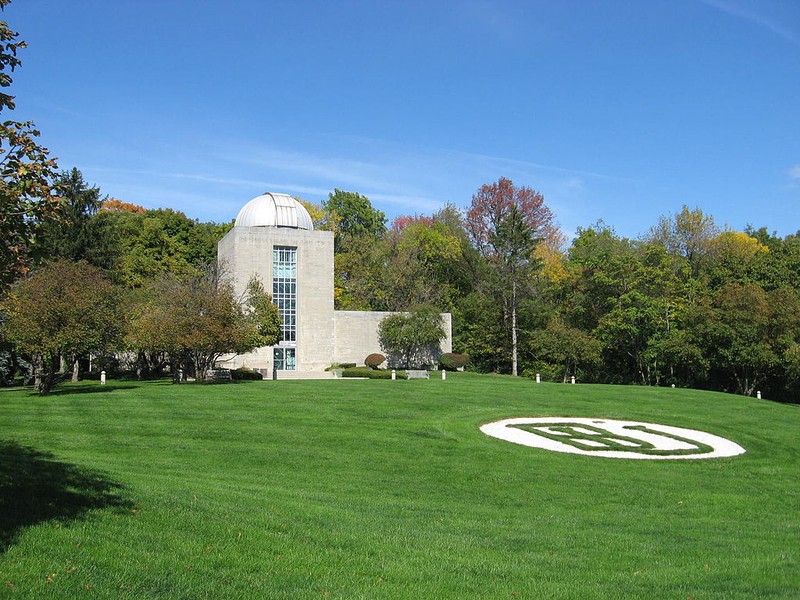
Atherton Union
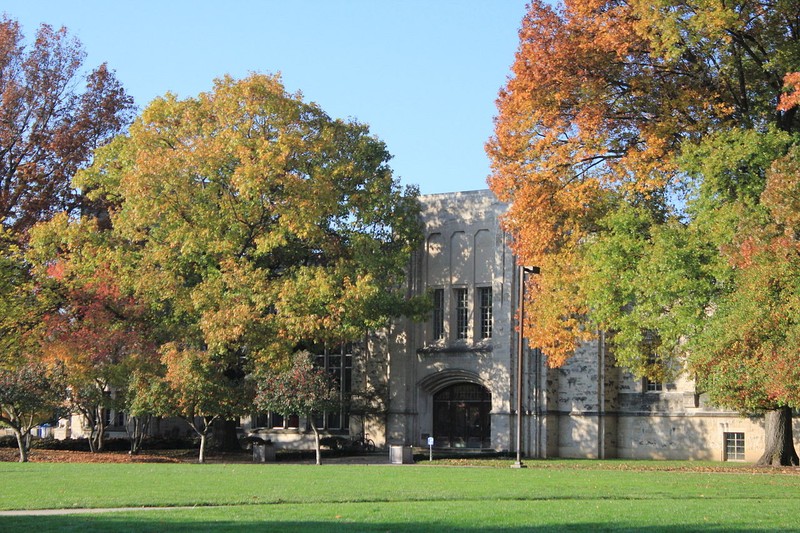
Irwin Library
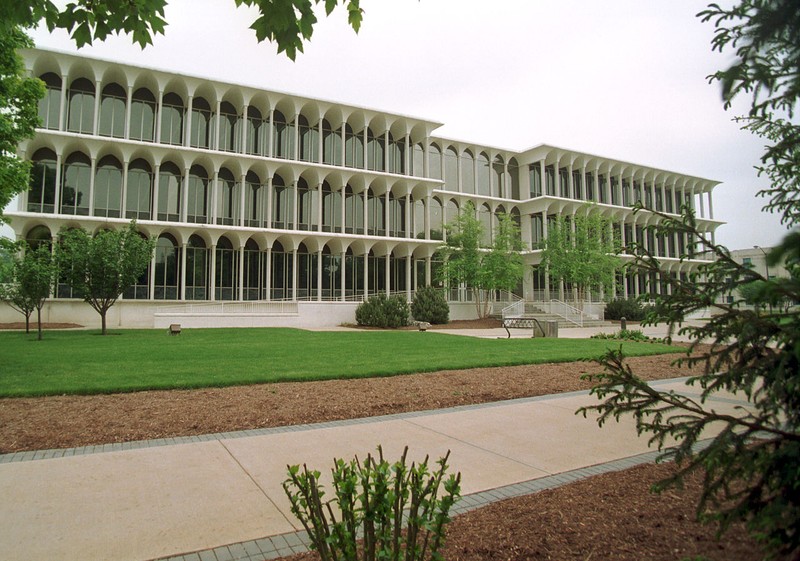
Pharmacy and Health Sciences Building
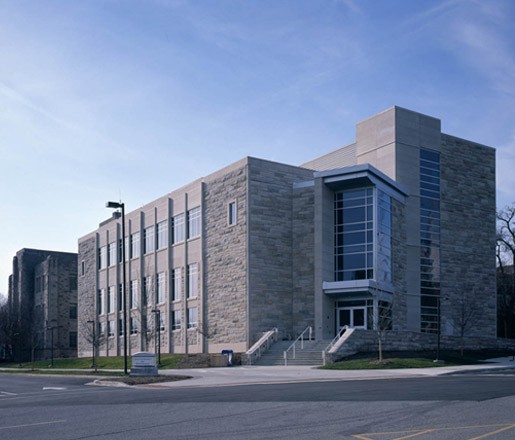
Clowes Memorial Hall
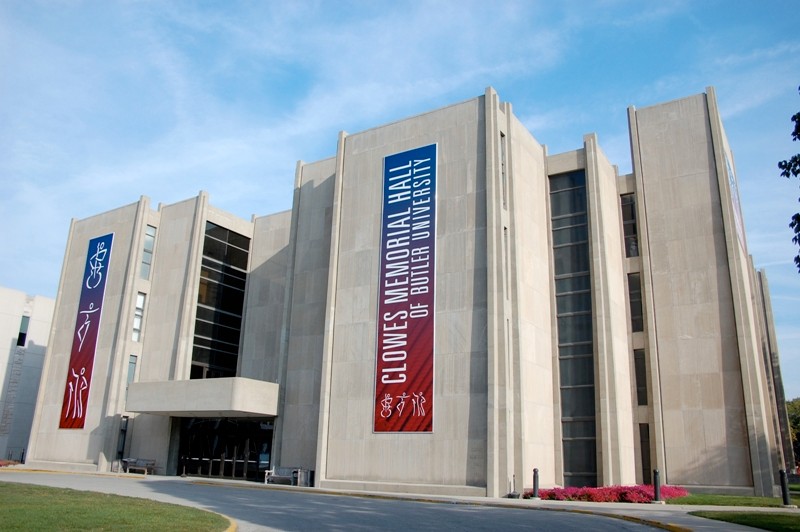
Lilly Hall, home to the Jordan College of the Arts
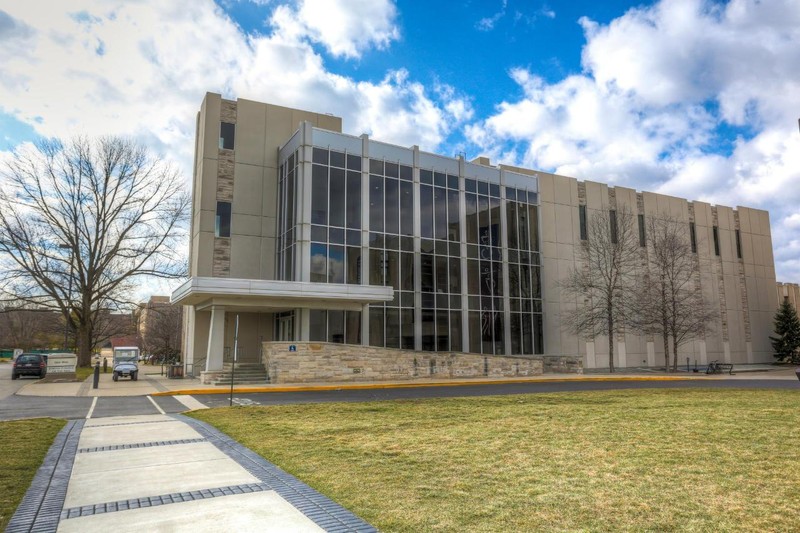
Butler University logo

Aerial view of most of the campus

Gertrude Amelia Mahorney, the first African American woman to graduate from an Indiana college, graduated from Butler in 1887.
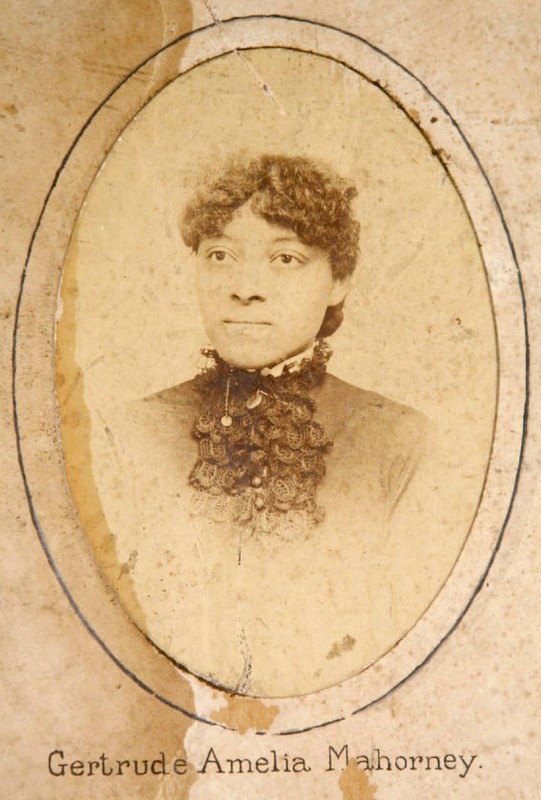
Demia Butler, daughter of founder Ovid Butler, became the first female graduate of the school’s four-year program of classical studies in 1862.
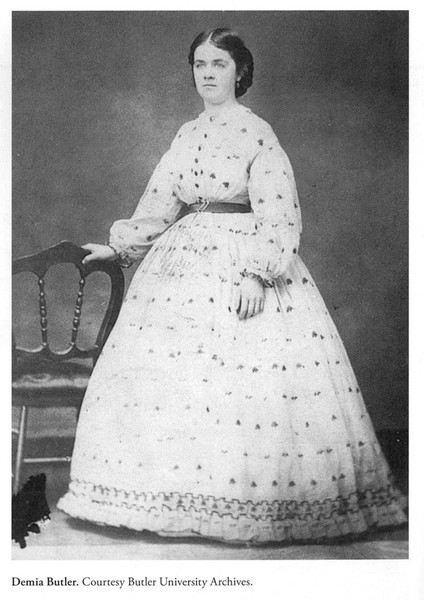
Catharine Merrill became the second woman to hold a full-time university professorship in the United States and the first to hold a position as an endowed chair when she accepted the Demia Butler chair of English literature in 1869.
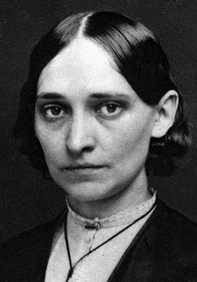
Eliza Cooper Blaker was an early promoter of free kindergarten. In 1882, she founded the Indianapolis Kindergarten and Primary Normal Training School, which eventually became the Butler University College of Education.
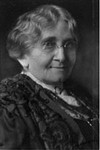
Backstory and Context
Text-to-speech Audio
On January 15, 1850, the Indiana State legislature adopted Ovid Butler's proposed charter for a new Christian university in Indianapolis. After five years in development, Butler University opened on November 1, 1855, as North Western Christian University at 13th Street and College Avenue on Indianapolis' near north side at the eastern edge of the present Old Northside Historic District. Attorney and abolitionist Ovid Butler provided the property. The school’s first recorded African American graduate was Gertrude Amelia Mahorney, who graduated with a bachelor’s degree in German in 1887, thus becoming the first African American woman to graduate from an Indiana college.[1] Although the school was never controlled by the church, it was founded by members of the Christian Church (Disciples of Christ). The University's department of religion became a separate Christian Church seminary and "college of applied Christianity" in 1924; it was variously called the School of Religion and the College of Religion.
The university charter called for “a non-sectarian institution free from the taint of slavery, offering instruction in every branch of liberal and professional education” and the school thus became the first university in Indiana and the third university in the United States to admit both men and women. Women were members of the school’s first graduating class of 1856; however, they were graduates of a condensed, three-year program. In 1862, Ovid Butler’s daughter Demia became the first female graduate of the school’s four-year program of classical studies. After Demia’s death in 1867, Ovid founded the first endowed chair for women in the United States, the Demia Butler chair of English Literature. The first woman to hold this position was Catharine Merrill.[2] See the following paragraph for more information regarding Merrill’s life:
Catharine Merrill (1824 – 1900) was the second woman to hold a full-time university professorship in the United States and the first to hold a position as an endowed chair. Although Merrill was raised in Indianapolis, she was born in Corydon, Indiana to Lydia Jane (Anderson) Merrill and Samuel Merrill, Indiana State Treasurer. As a member of a prominent Indianapolis family, Merrill was well-educated and later worked as a local teacher. In 1859, Merrill traveled to Germany and published a series of letters regarding her travels in the Indianapolis Journal. Upon her return in 1861, Merrill worked as a Civil War nurse and, at the request of Governor Oliver P. Morton, later wrote an anonymous history titled The Soldier of Indiana in the War of the Union. In 1869, Merrill accepted the Demia Butler chair of English literature in the North Western Christian University (later renamed Butler University) at Butler’s request. Merrill was also a close friend of the well-known naturalist John Muir, who later wrote that “[Merrill] had a profound knowledge of human nature, and her judgment and sagacity in practical affairs enabled her not only to give good advice, but to get things done; love and sympathy giving wonderful insight.” Merrill retired from the university in 1885, but continued teaching private classes until just before her death. As a Civil War nurse, a published writer, a leading female teacher, and an active clubwoman, Merrill was a highly influential member of the Indianapolis community.[3]
The university established the first professorship in English literature and the first Department of English in the state of Indiana. In 1930, Butler merged with the Teacher's College of Indianapolis, founded by Eliza Blaker, creating the university's second college. The third college, the College of Business Administration, was established in 1937, and the College of Pharmacy and Health Sciences was established in 1945, following a merger that absorbed the Indianapolis College of Pharmacy. The Jordan College of Fine Arts, the university's fifth college, was established in 1951, following a merger with the Arthur Jordan Conservatory of Music. Butler's School of Religion, established in 1924, became independent in 1958 and is currently known as the Christian Theological Seminary.
From Butler's earliest days, athletics played a major role in shaping Butler University. When the school moved to its current Fairview campus location, two of the first structures completed were a 15,000-seat fieldhouse and a 36,000-seat football stadium. The football stadium, which came to be known as the Butler Bowl, is home to Butler's football and men's and women's soccer teams. The stadium was downsized to a 20,000-seat stadium in the mid-1950s, and later seating dropped to below 6,000. Recent changes to the Butler Bowl and its landscape have included removal of the Hilton U. Brown Theatre in 2004, installation of a synthetic turf playing surface in fall 2005, and the addition of the Apartment Village on the east side of the complex in 2006. In 2011, a brick press box with multi-use booths was constructed, and new seating was added on the Bowl's west and east sides. The renovation of the facility increased the seating capacity to 5,647 with the addition of new bleacher seats along the west side of the field and a section of seating for visiting fans on the east side. The brick press box is approximately 40 yards (37 m) long, reaching between the field’s two 30-yard lines. The main level has home and visitor radio booths along with private booths for home and visiting coaches. It provides an expanded area for game operations; the top level houses a video booth and an observation deck.
The fieldhouse, which was the largest of its kind when it
was completed in 1928, is a national historic landmark. The Butler Fieldhouse,
which was renamed Hinkle Fieldhouse in 1966, came to symbolize not only Butler
athletics but also Indiana "Hoosier Hysteria." The building became
the combined home of Butler basketball and the Indiana High School state
tournament. The legends of Indiana basketball, from Oscar Robertson to George
McGinnis to Larry Bird, all played in the Fieldhouse at one time or another. In
1954, Hinkle Fieldhouse was the site of the historic final when Milan High
School (enrollment 161) defeated Muncie Central High School (enrollment over
1,600) to win the state title. The state final depicted in the 1986 movie
Hoosiers, loosely based on the Milan Miracle story, was shot in Hinkle
Fieldhouse.
Notable Alumnus include:
-Kevin Calabro (A play-by-play announcer in basketball and Seattle sports radio host)
-Ed Carpenter (IndyCar Series Driver)
-Barry S. Collier (current Butler University Athletic Director and former Head Basketball Coach at Butler and Nebraska)
-Arthur C. Cope (American chemist and originator of the Cope reaction and Cope rearrangement)
-George Daugherty (Conductor of major American and International symphony orchestras; -Emmy Winner and 5 time Emmy nominee.)
-Scott Drew (Baylor University men's basketball coach)
-Sarah Fisher (IndyCar Series Driver)
-Talitha Gerlach (1896–1995), American YMCA worker who spent most of her life as a social worker in Shanghai, China.
-Gordon Hayward (Basketball player for the National Basketball Association – Utah Jazz; IGN Proleague – Professional Starcraft II: Wings of Liberty)
-Bill Hazen (A play-by-play announcer in basketball and syndicated radio host)
-Matt Howard (LNB Pro A, France – Strasbourg IG)
-Robert M. Jacobson (Chair of Pediatrics Mayo Clinic)
-Dan Johnson (MLB – Tampa Bay Rays Infielder/ DH)
-Jim Jones (cult founder)
-David Starr Jordan (PhD, President of Indiana University and first president of Stanford University)
-Peter Kassig, aid worker, taken hostage and ultimately beheaded by The Islamic State.[60]
-Todd Lickliter (Former University of Iowa Men's Basketball Head Coach and former Butler Basketball Head Coach)
-Peter Lupus (American bodybuilder and actor)
-Shelvin Mack (basketball player for National Basketball Association – Utah Jazz)
-Thad Matta (Ohio State Men's Basketball Head Coach and former Butler Basketball Head Coach)
-Shannon Murphy (Detroit Morning Radio Host)
-Pat Neshek (MLB – Oakland Athletics Pitcher)
-Harry S. New (U.S. Senator from Indiana and Postmaster General)
-Ronald Nored (Head coach of the NBA D-League Long Island Nets)
-Scott Overall (Olympic athlete)
-Johann Sebastian Paetsch (musician and cellist)
-Rebecca Paul (Tennessee Lottery President and CEO)
-Karen Pence, Second Lady of the United States
-Bobby Plump (Indiana Basketball Hall of Fame Inductee, and hero of the 1954 Milan High School team whose story provided the basis for the 1986 film Hoosiers.)
-George Ryan (former Illinois Governor)
-Chris Salvi (football player)
-Avriel Shull (architect)
-Jay Stewart (television and radio announcer)
-Ryan Ward (professional Lacrosse player for Edmonton Rush, PE & Health teacher)
-Maurine Dallas Watkins (Journalist, playwright; author of play Chicago)
-Marguerite Young (author of poetry, fiction, non-fiction,
and criticism)
Notable Faculty include:
-Igor Buketoff, conductor and teacher
-Gordon Clark, philosopher and Calvinist theologian
-Joe Franklin, 2004 NCAA Division I Cross Country Coach of the Year
-Paul D. "Tony" Hinkle, developed the orange basketball
-Henry Leck, Associate Professor of Music and Director of Indianapolis Children's Choir.
-Matt Pivec, saxophonist
-Michael Schelle, composer and teacher
-Jon Sorenson, mathematician and head of the computer science department
-Marvin Scott, professor and unsuccessful political candidate
-Brad Stevens, former head basketball coach from 2007–2013 and current head coach of the Boston Celtics
-Michael J. Colburn, 27th Director of the United States Marine Band and a colonel in the Marine Corps.
[1] “Butler University Founder’s Week 2016,” Butler University, accessed April 9, 2017, http://legacy.butler.edu/founders-day/; “Modern Languages, Literatures, and Cultures: German,” Butler University, accessed April 9, 2017, https://www.butler.edu/mllc/german.
[2] Hahoward, “University Founder Demia Butler & The University’s Abolitionist-Feminist Beginnings,” Butler University, February 4, 2015, http://blogs.butler.edu/dawgblog/2015/02/university-founder-demia-butler-the-universitys-abolitionist-feminist-beginnings/.
[3] “Butler University Founder’s Week 2016,” Butler University, accessed April 9, 2017, http://legacy.butler.edu/founders-day/; Charles Latham, “Catharine Merrill Club Records, ca 1986,” Indiana Historical Society: Manuscripts & Archives, April 24, 1996, http://www.indianahistory.org/our-collections/collection-guides/catharine-merrill-club-records-ca-1986.pdf; Charles Latham, “Merrill-Graydon Family Papers, 1836-1930 (Bulk 1890-1920,” Indiana Historical Society: Manuscripts & Archives, last modified January 26, 2005, http://www.indianahistory.org/our-collections/collection-guides/merrill-graydon-family-papers-1836-1930.pdf; “Catharine Merrill,” Sierra Club, accessed April 9, 2017, http://vault.sierraclub.org/john_muir_exhibit/people/catharine_merrill.aspx; Ann Colbert, “Catharine Merrill,” in The Encyclopedia of Indianapolis, ed. David J. Bodenhamer and Robert G. Barrows (Indiana University Press, 1994), 991-992; John Muir, “Words from an Old Friend,” introduction to The Man Shakespeare, and Other Essays, by Catharine Merrill (University of California Libraries, 1902), http://vault.sierraclub.org/john_muir_exhibit/writings/people/catharine_merrill_tribute.aspx.
Sources
Bodenhamer, D.J., and Barrows, R.G. (1994). "Butler University Architecture" in The Encyclopedia of Indianapolis. Bloomington, IN: Indiana University Press.
Bodenhamer, D.J., and Barrows, R.G. (1994). "Butler University" in The Encyclopedia of Indianapolis. Bloomington, IN: Indiana University Press.
“Butler University Founder’s Week 2016,” Butler University, accessed April 9, 2017, http://legacy.butler.edu/founders-day/.
“Catharine Merrill.” Sierra Club, accessed April 9, 2017. http://vault.sierraclub.org/john_muir_exhibit/people/catharine_merrill.aspx.
Colbert, Ann. “Catharine Merrill,” in The Encyclopedia of Indianapolis, edited by David J. Bodenhamer and Robert G. Barrows, 991-992. Indiana University Press, 1994.
Hahoward. “University Founder Demia Butler & The University’s Abolitionist-Feminist Beginnings.” Butler University, February 4, 2015. http://blogs.butler.edu/dawgblog/2015/02/university-founder-demia-butler-the-universitys-abolitionist-feminist-beginnings/.
Latham, Charles. “Catharine Merrill Club Records, ca 1986.” Indiana Historical Society: Manuscripts & Archives, April 24, 1996. http://www.indianahistory.org/our-collections/collection-guides/catharine-merrill-club-records-ca-1986.pdf.
Latham, Charles. “Merrill-Graydon Family Papers, 1836-1930 (Bulk 1890-1920.” Indiana Historical Society: Manuscripts & Archives, last modified January 26, 2005. http://www.indianahistory.org/our-collections/collection-guides/merrill-graydon-family-papers-1836-1930.pdf.
“Modern Languages, Literatures, and Cultures: German,” Butler University, accessed April 9, 2017, https://www.butler.edu/mllc/german.
Muir, Jonh. “Words from an Old Friend.” Introduction to The Man Shakespeare, and Other Essays, by Catharine Merrill. University of California Libraries, 1902. http://vault.sierraclub.org/john_muir_exhibit/writings/people/catharine_merrill_tribute.aspx.
